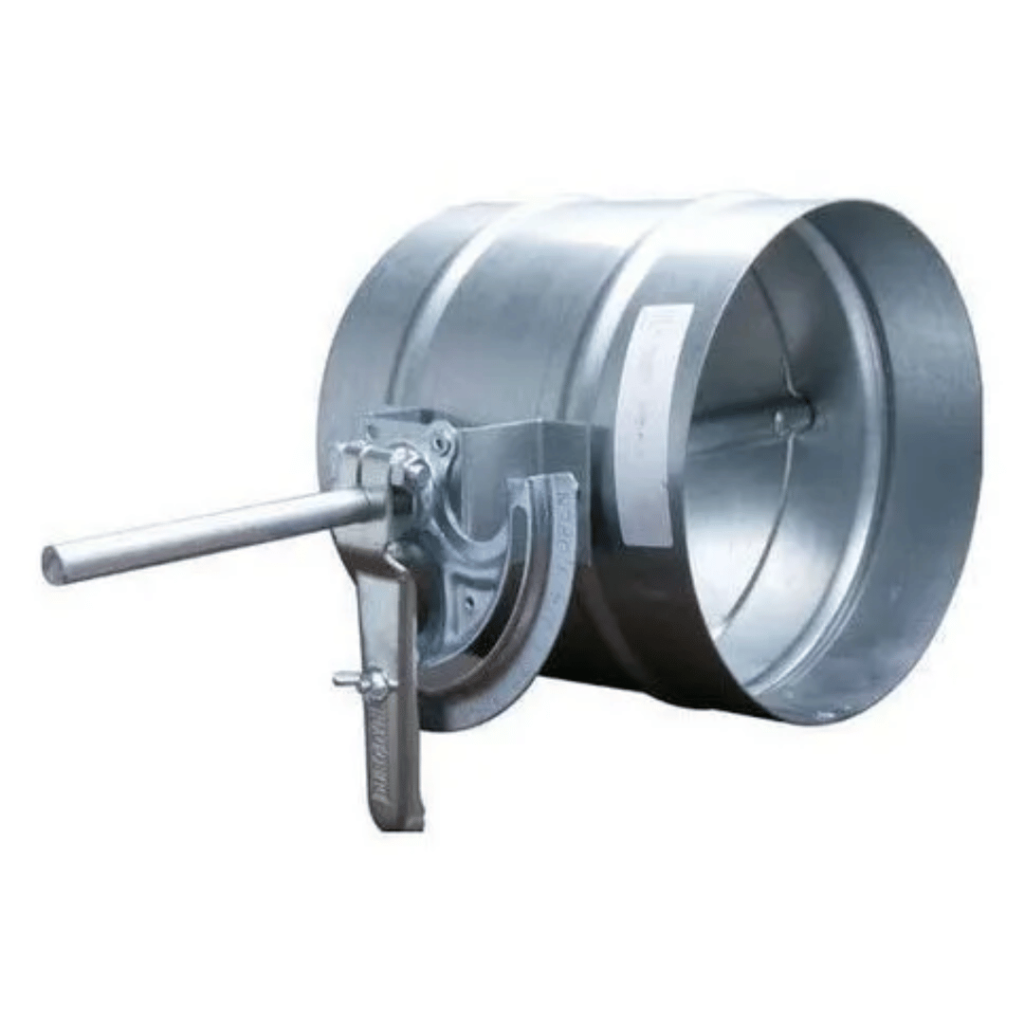Volume Control Damper
Features of Volume Control Damper:
- Regulation of airflow: Volume control dampers are designed to regulate the flow of air within ductwork, and can be adjusted to provide precise control over the volume of air that enters a specific area or room.
- Manual or motorized operation: Volume control dampers can be operated manually or by a motor, depending on the specific requirements of the HVAC system.
- Durable construction: Volume control dampers are typically made of durable materials such as aluminum or steel, which ensures that they are able to withstand the high temperatures and pressures within HVAC systems.
- Customizable sizes: Volume control dampers come in a range of sizes and can be customized to fit specific project requirements.
- Easy installation: Volume control dampers are easy to install, and can be attached to HVAC components using a variety of methods, including screws, bolts, and adhesives.
- Low air leakage: Volume control dampers are designed to minimize air leakage, which helps to improve the efficiency of HVAC systems and reduce energy costs.
- Maintenance: Volume control dampers require minimal maintenance, making them a cost-effective solution for HVAC systems.

A volume control damper is a mechanical device used to regulate the airflow in an HVAC system by adjusting the amount of air that passes through the ductwork. It is a type of damper that is installed in the ductwork, typically near the air handling unit or at branch points in the duct system.
Volume control dampers can be manual or automatic. Manual dampers are adjusted manually by an operator, while automatic dampers are controlled by a motor or actuator that responds to signals from a control system.

